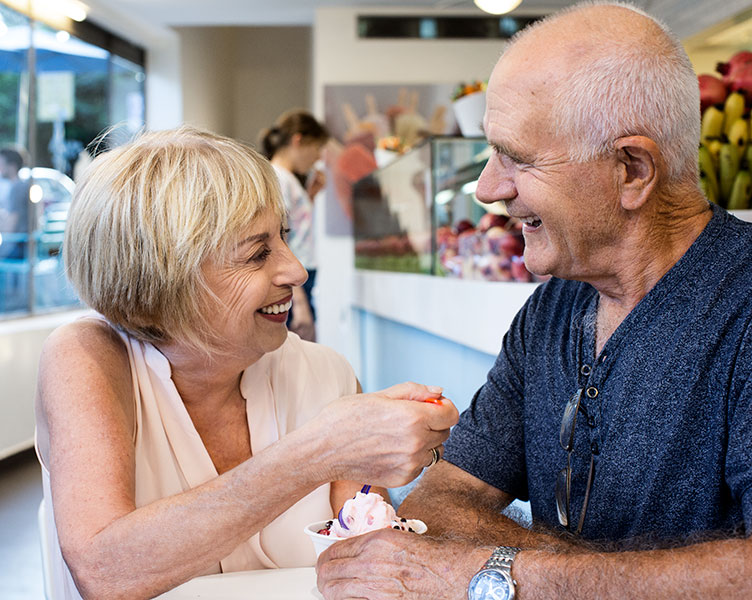Sore skin and detached barrier
About five years ago when I first became the owner of an ostomy (which I named ‘It’) , I was really concerned about how my skin would cope with being covered by the adhesive layer and barrier. I was careful to apply barrier cream and anything that was recommended to assist in the care of that area of skin.
The barrier had a tendency to come detached in those days, which does cause us all so much stress and embarrassment. My skin was also very sore and patchy especially close to my ostomy.

Start from scratch
On changing from a one piece bag to a two piece system I determined to start my regime again from scratch and see if I could establish the reason for the problems I was experiencing.
I determined to change my barrier at the slightest sign of a tingle (I'm sure you know what I mean) even if the barrier seemed fine. A good quality adhesive remover used copiously was always part of a careful removal of the barrier. The emphasis being to be as gentle as possible to my skin by supporting it as the adhesive gave way.
Showering as nature intended
Secondly I only used soap and water to clean my skin and showered with old 'It' naked as nature intended when changing the barrier.
Using an ostomy cup helps to get in and out of the shower without ' incidents' and only dry wipes to dry the skin before applying the barrier ensures an additive free skin surface.

Result: No ostomy worries
To my great delight that regime resulted in my skin healing really well and virtually no incidents of the barrier 'letting go'. On the occasion when that happens now I can usually put it down to my mistake.
Having the barrier on too long when I've been very active is mostly the reason. I have continued looking after my skin around my ostomy in this way for the past couple of years and I'm content with it.
I suspect we all have different skin types but for me this simple formula is perfect and keeps me free of 'ostomy worries'.
How to avoid flaky skin
One of my biggest skin problems generally since 'It' is that of dry flaky patches on my face and legs. I generally had put this down to inadequate hydration of my skin for whatever reason. Because we do not have the water, which would normally be extracted from food in our colon, there is a natural shortfall in our hydration, I'm informed.
It's been recommended to me that I should drink about 2 ½ to 3 liters of water a day. I'm able to achieve this by sipping often during the day. I find that when I do this, and also use a moisturizer on the effected parts, my skin returns to normal. I also take a good quality omega-3 fish oil capsule daily.
A recipe for healthy skin
I did think that because of my age my skin was having a hard time anyway so short of having a Ready Mix lorry load of anti aging cream delivered I made use of Google to investigate solutions.
It turns out that wearing sunscreen above factor 30 when outdoors (I do), eating a healthy diet (I do my best) and not smoking (I don't) are the main contributors to a vibrant healthy skin. There are vitamin supplements of vitals C and E, which are meant to work so I will have to try those or just accept this craggy old face as it is.
Glass is definitely half full. Have fun.


